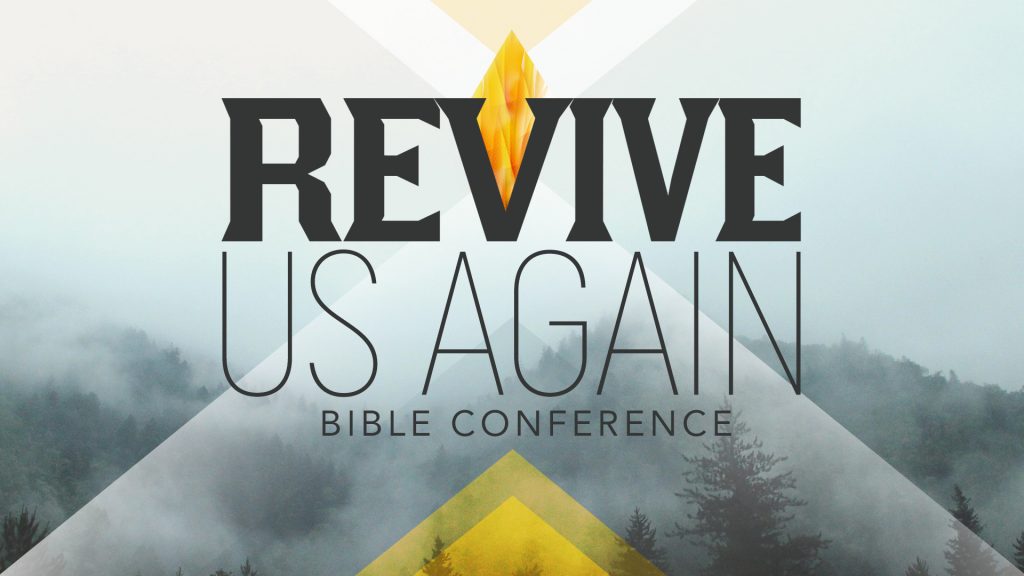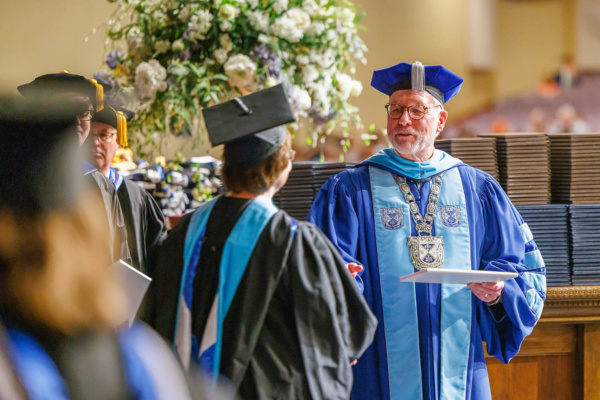The country of Wales is one of four that make up the United Kingdom. Geographically, it lies between the Irish Sea and England. Wales is less than one-sixth the size of England.
It is made up of coastal and mountainous regions, but under its landscape lies a wealth of natural resources. The metal ore (copper, gold and iron) provided the raw material that made the Industrial Revolution of the 19th century possible.
It was the coal from Welsh mines that fueled the progression of the British Empire. At the beginning of the 20th century, Wales was the largest exporter of coal in the world.
During this time, the hard-working lifestyle of the Welsh kept the pubs full, the football matches frequent, and weekly attendance at church merely a cultural ritual.
Wales has unique, colorful traditions and its own Celtic language. A hymn we still sing today was originally written in the Welsh tongue—Dahma garrrahd vel yah moroith. Or “Here is love, vast as the ocean, Lovingkindness as the flood.”
In the year 1904, this song was heard throughout Wales, sung in the country chapels and echoed throughout the underground mines. This was the year the fires of revival broke out in Wales, and “Here Is Love” was hailed as their love song. The second stanza includes, in my opinion, one of the most glorious poetic lines ever written and summarizes what was happening in Wales during this time:
Grace and love, like mighty rivers,
Poured incessant from above,
And Heav’n’s peace and perfect justice
Kissed a guilty world in love.
As revival began, a preacher named Evan Roberts said, “I have a vision of all Wales being lifted up to heaven. We are going to see the mightiest revival that Wales has ever known—Let us pray that the Almighty will pour down His grace.” Roberts was 26 years old, passionate and energetic, and masses of people came to hear him preach. No venues were large enough to hold the crowds. Other preachers followed his lead, and the crowds came.
Stories of revival poured out of Wales. One was told of a camp meeting when a youth leader tried to get a group of teenagers to give testimony of Christ. He asked them, “What does Jesus mean to you?” Awkward silence. One boy attempted to answer by reciting a memorized catechism. More awkward silence. Finally, a 19-year-old girl named Florrie Evans, who had recently surrendered her life to Christ, said, “I do love Jesus with all my heart!”
This was the spark that caused the youth group to ignite. Others testified. Others consecrated their lives to Christ. This spread to other youth groups.
During the height of revival, while thousands were coming to Christ, football matches were canceled or scheduled around church revival meetings. Pubs were forced to close because no customers showed up.
Welsh miners bred ponies, strong and squatty, to haul carts of coal. In the dark mines, in these awful working conditions, these pit ponies were motivated through beatings and commanded by profanity-laced language. These miners were now attending the revival meetings, being converted, and their lives were changed. Upon returning to work, the miners—these changed men—tried to command their ponies without swearing or beatings, and confused ponies stood there looking at their masters not knowing what to do.
As the pit ponies stood in awe, reactions 150 miles east in London were more critical. Some church leaders said the movement was too this or the theology was too that. Others didn’t know what to make of all the stories they were hearing. The Reverend G. Campbell Morgan, author of some 80 theology books in his lifetime, decided to go to Wales and check it out for himself. Upon returning to his congregation at Westminster Chapel, he gave the following report:
It was indeed my privilege to visit the center of this wonderful work and movement. Arriving in the morning in the village, everything was so quiet and orderly that we had to ask where the meeting was. A lad, pointing to a chapel, said, “In there.” Not a single person outside. We made our way through the open door, and just managed to get inside, and found the chapel crowded from floor to ceiling with a great mass of people. What an outpouring of God’s mercy! You may ask, “How has this come about? Where did this all begin?” But, in the name of God let us all cease to find it. At least let us cease trying to trace it to any one man or convention. You cannot trace it, and yet I will trace it tonight. Whence has it come? All over Wales—I am giving you roughly the result of the questioning of fifty or more persons at random in the week—a praying remnant have been agonizing before God about the state of the beloved land, and it is through that the answer of fire has come. You may tell me that the revival originates with Evan Roberts. You may tell me that it began in a camp meeting where a dear girl bore testimony. If you and I could stand above Wales, looking at it, you would see fire breaking out here and there and yonder and somewhere else, without any collusion or prearrangement. It is a divine visitation in which God is saying to us: See what I can do without the things you are depending on; see what I can do in answer to a praying people; see what I can do through the simplest who are ready to fall in line and depend wholly and absolutely upon Me.
This is just a brief summary of the Welsh Revival of 1904–05. It has been estimated that as many as 100,000 were converted during this year. Some church historians consider it to be the last large-scale, wide-spread revival that our world has seen. This was 113 years ago.
Will you pray that the Lord will revive us again? Will you pray that the Lord will do that work that only He can do?
The young Welsh preacher Evan Roberts put it this way,
“We cannot organize revival, but we can set our sails to catch the wind from Heaven when God chooses to blow upon His people once again.”








